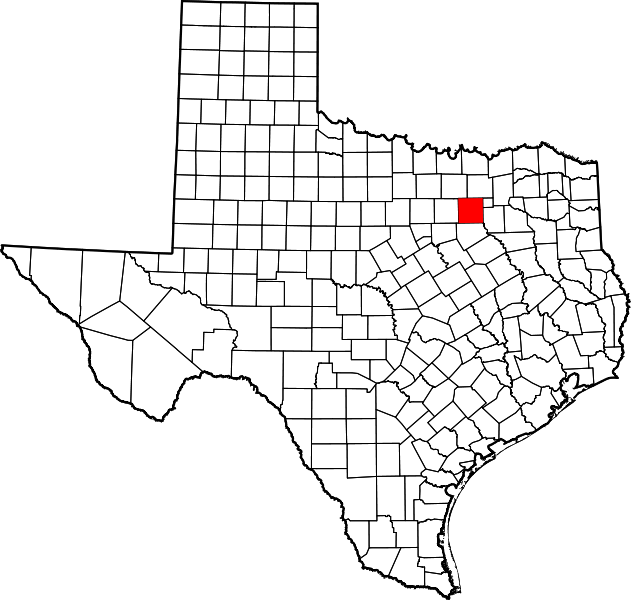Refine Who You Are Looking For
Dallas County White Pages
Dallas County, with a population of over 2.6 million, is the 2nd most populated county in Texas and the 8th most populated county in the United States, right behind Miami-Dade County, Florida. The most populated county in Texas is Harris, which is the 3rd most populated in the United States. Fittingly, Dallas County’s county seat is the city of Dallas, which is the 3rd largest city in Texas by population. Dallas County borders the counties of Collin, Denton, Tarrant, Ellis, Rockwall, and Kaufman.
Addresses is constantly updating their information with new public records. Search on Addresses.com to find more information about Dallas County property records, criminal reports, and contact information on someone you know.
View Property RecordsDallas County Population
The average population size for a county in America is 10,000 people, putting Dallas County’s population well above average. The next most populated county in the state of Texas is Tarrant, which has an estimated population of around 2 million.
If you’re looking for someone and only have a name and their general whereabouts, you can narrow your search by considering the demographic of the people in Dallas County.
In 2017, the median age for all residents of Dallas County was 33.5 years, which is slightly up from 2016 when it was 33. There is a significant gap in average age between those in the county who were born in the United States and those who were born in another country. The median native-born age is 29 and the median age of those who are foreign-born is 41. Also in 2017, 23.4% of the population was born outside of the United States, which slightly increased from 2016, when it was 23.1%. This number is higher than the national average of 13.7%.
The most common ethnic group in Dallas County is the Hispanic/Latino community, which make up 1.05 million of the population (40.2%). The second and third most common ethnicities are White Alone (29%, or 760,000 people) and Black/African American Alone (22.2%, or 581,000 people). 43.7% of the county speak a non-English language, the most common being Spanish (35.5% of the population, or 853,773 speakers). Vietnamese is the second most common (1.11% or 26,880 speakers) and Amharic, Somali, or Other Afro-Asiatic Language is the third (0.76% or 18,396 speakers). As of 2017, the percentage of people who speak a language other than English is higher than the national average of 21.8%.
Most households in Dallas County average 2.8 people. Less than half of county residents are married (47%) and 51% are female (49% are male). Despite the large population and the average persons per household, property values as of 2017 are still 0.804 times smaller than the national average ($175,000 compared to $217,600). However, this is a 13.4% increase from 2016, when it was $154,300. The average household income is also increasing. In 2017 the median was $56,718, up from $54,399 in 2016. Interestingly, even though income is increasing and property value is lower than the national average, only 49.9% of Dallas County residents are homeowners. The average percent of homeowners in the United States is 63.9%.
The largest industries in the county are Retail Trade (145,308 people), Health Care and Social Assistance (142,670 people), and Construction (141,320 people). The highest paying field is Management of Companies and Enterprises.
Dallas County Property Records
According to the 2010 census bureau, Dallas County’s population of 2.6 million and land size of 871.28 square miles equates to around 2,718 people per square mile. The area is included in the Dallas-Fort Worth-Arlington Metropolitan Statistical Area, more often referred to as the Dallas-Fort Worth Metroplex. The city of Dallas is home to several cultural museums, including the African American Museum of Dallas, the Ann and Gabriel Barbier-Mueller Museum, and the Bath House Cultural Center. Other art museums include Crow Collection of Asian Art, Dallas Contemporary, and the Dallas Museum of Art.
Unfortunately, Dallas County is higher than the national average for property crimes. On a scale from 1 (low) to 100 (high), Dallas County ranks 46.5, and the national average is 35.4. Property crime includes theft, burglary, arson, larceny, and motor vehicle theft. It’s worth noting however that property crime means there is no physical violence against the victim, i.e. these crimes are based on the owner being absent or asleep. In regards to violent crimes, Dallas County comes in below the national average at 21.3 (the national average is 22.7), making it safer than many other large metropolitan counties. If you have specific concerns about someone, run a background check to find out if they have a criminal record.
Dallas County Facts
Official Name: Dallas County
Name Meaning: Dallas County was possibly named for George Mifflin Dallas, who was the 11th Vice President of the United States under President James Polk.
Year Formed: In 1845, voters in the future Dallas County area approved the annexation of Texas to the United States by a vote of 29 to 3. Dallas County was officially formed on March 30, 1846 from portions of Nacogdoches and Robertson counties.
Total Sq Miles: 871.28
Population: 2.62 million
Fast Facts:
- Dallas County was the food-producing center for North Texas in 1861, so the Confederate government established a general quartermaster’s and commissary headquarters for the army of Trans-Mississippi Department there.
- Even though there has been a large Hispanic population in the county throughout its history, it was difficult to detect official records until the 1960’s because Mexican Americans were listed as white in the census and not as a separate group.
- East Dallas Community was annexed by the city of Dallas in 1890 but was once its own city.
- In 2016, universities in Dallas County awarded 33,910 degrees. The largest colleges by number of degrees awarded were The University of Texas at Dallas, Southern Methodist University, and Richland College.


